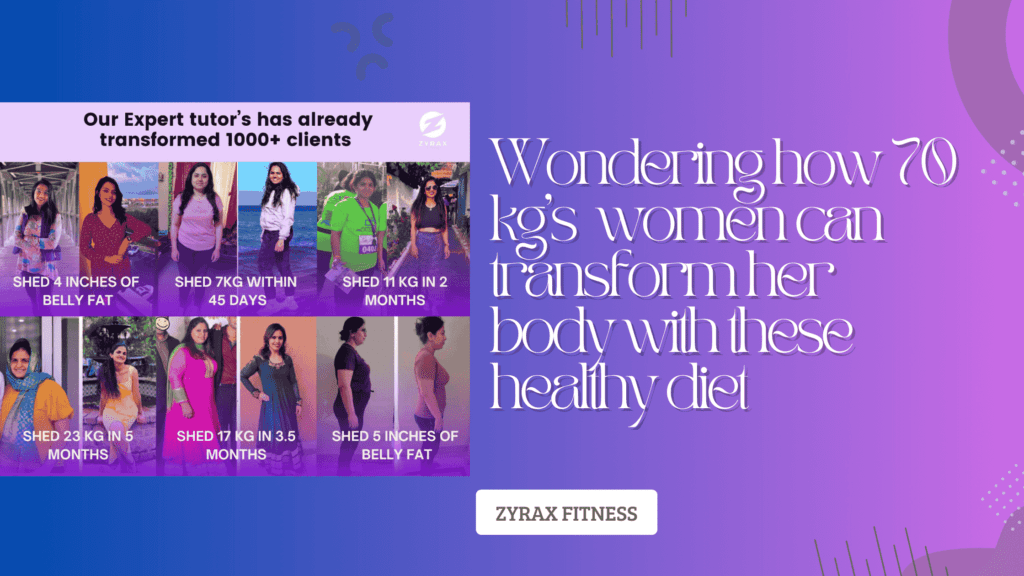How to Make Exercise a Part of Your Daily Routine ?
In today’s busy world, staying active can often take a backseat to work, family, and other commitments. However, making exercise a part of your daily routine is essential for maintaining good health, boosting energy levels, and improving mental well-being. If you struggle with consistency, this guide will help you integrate exercise seamlessly into your daily life. Why Is Daily Exercise Important? Regular exercise offers numerous benefits, including: With so many benefits, it’s clear that making exercise a daily habit is a game-changer for a healthier life. Tips to Make Fitness a Part of Your Daily Routine 1. Start Small and Set Realistic Goals One of the biggest reasons people fail to stick to an exercise routine is setting unrealistic goals. Instead of aiming for intense workouts every day, start with small, manageable goals such as: 2. Schedule Exercise Like an Appointment Treat exercise like any other important task. Set a specific time for working out, whether it’s morning, lunch break, or evening. Having a set schedule makes it easier to commit and stay consistent. 3. Make It Convenient If going to the gym feels like a hassle, find ways to exercise at home or during everyday activities. Some convenient options include: 4. Find an Activity You Enjoy Not all workouts have to be in the gym! Find an activity that you genuinely enjoy, such as: When exercise is enjoyable, you’re more likely to stick with it in the long run. 5. Make It Social Working out with a friend or joining a fitness class adds motivation and accountability. Consider: 6. Incorporate Exercise Into Your Daily Tasks If you struggle to set aside dedicated workout time, try sneaking in exercise throughout the day: 7. Use Technology for Motivation Fitness apps, smartwatches, and online workout programs can help track progress and keep you motivated. Some useful tools include: 8. Prioritize Recovery and Rest While consistency is crucial, rest days are equally important. Overtraining can lead to burnout and injuries, so allow your body time to recover with proper stretching, hydration, and sleep. Conclusion Making exercise a part of your daily routine doesn’t have to be overwhelming. Start small, set realistic goals, and find activities you enjoy. By making fitness convenient, scheduling workouts, and incorporating movement into your daily life, you can build a sustainable habit that improves your overall health and well-being. Remember, the key is consistency—every step counts! FAQs Q1: How much exercise should I do daily? A1: The recommended guideline is at least 30 minutes of moderate-intensity exercise five days a week or 150 minutes per week. Q2: What if I don’t have time for a full workout? A2: You can break workouts into shorter sessions throughout the day, such as three 10-minute walks or a quick home workout. Q3: Can I exercise at home without equipment? A3: Absolutely! Bodyweight exercises like squats, lunges, push-ups, and planks require no equipment and are highly effective. Q4: How can I stay motivated to exercise daily? A4: Set achievable goals, track progress, find a workout partner, and choose activities you enjoy to make exercise a long-term habit. Q5: Is it okay to exercise every day? A5: Yes, as long as you vary the intensity and give your body time to recover. Mix strength training, cardio, and stretching for a balanced routine. By incorporating these tips, you’ll be well on your way to making exercise a daily habit that transforms your health and lifestyle!










